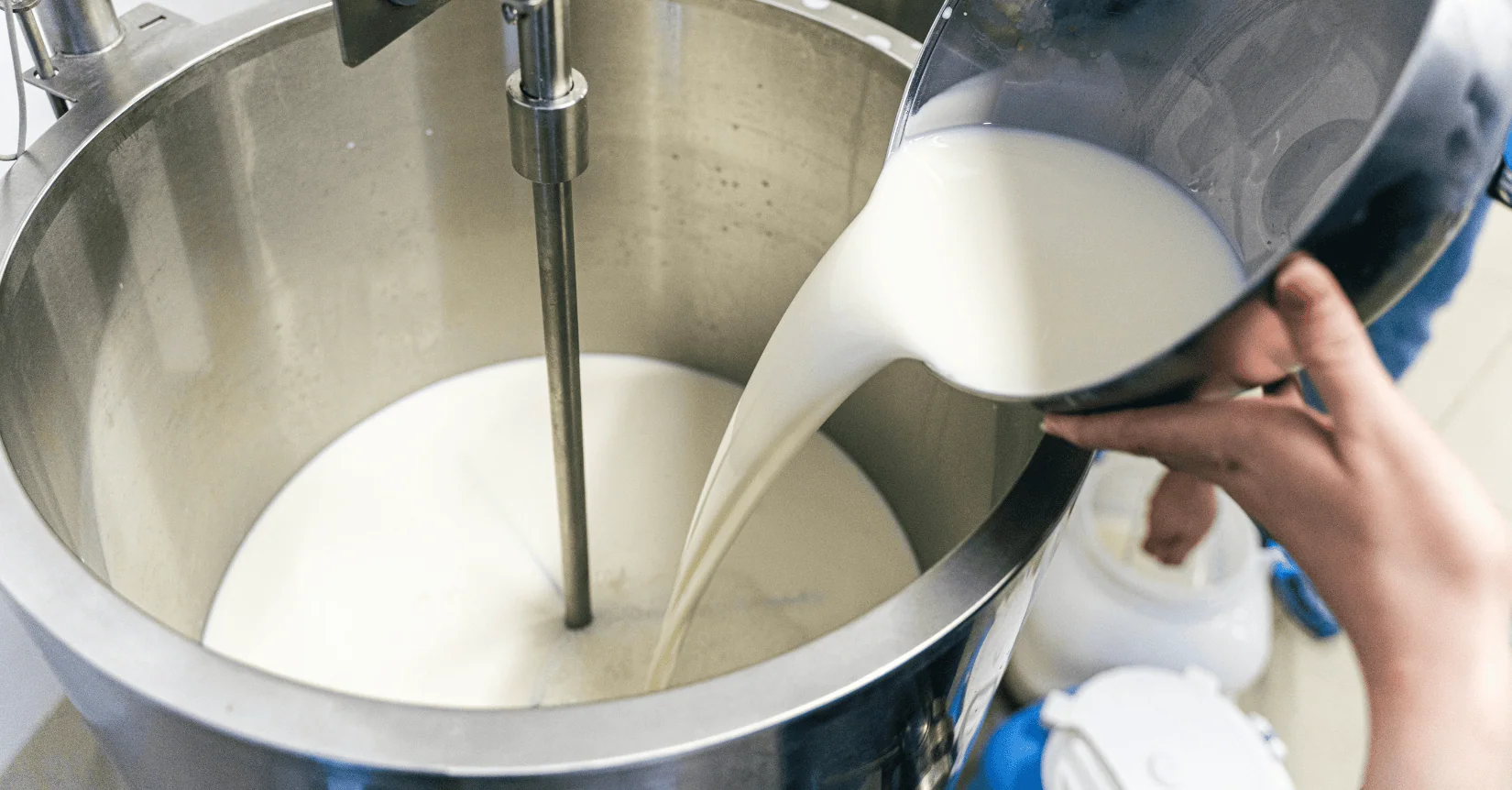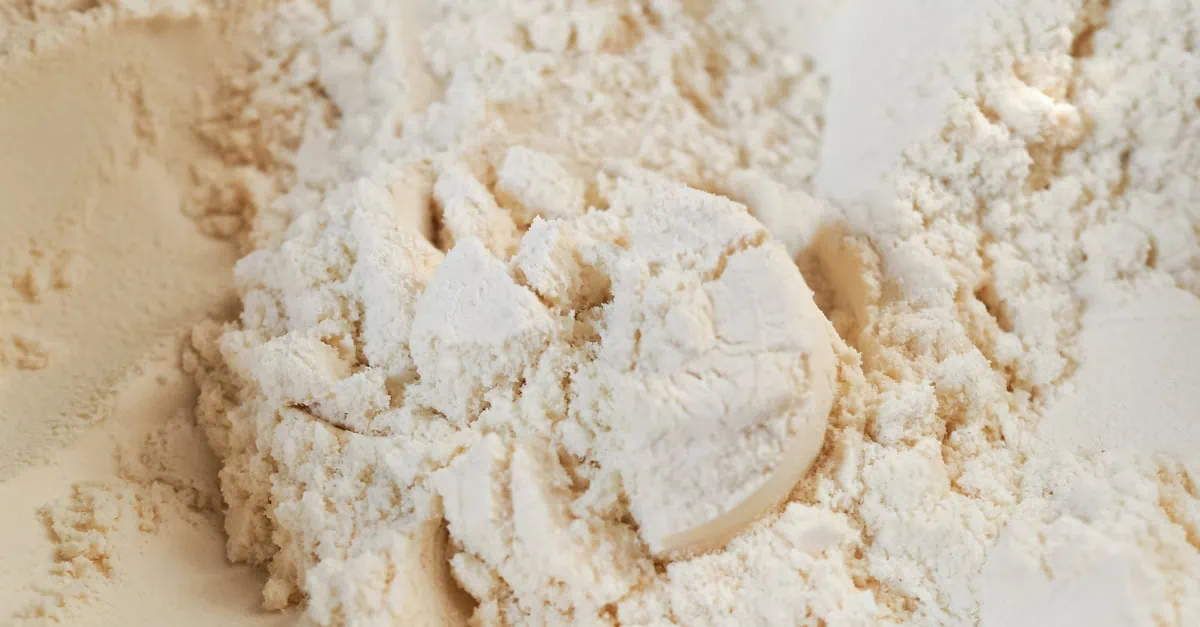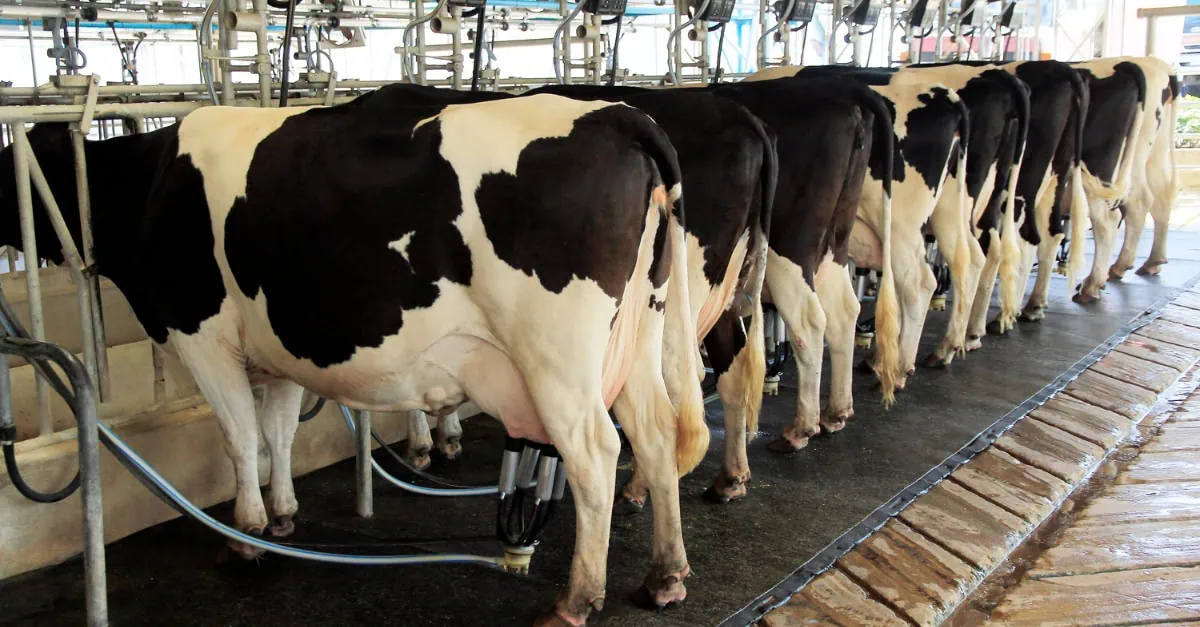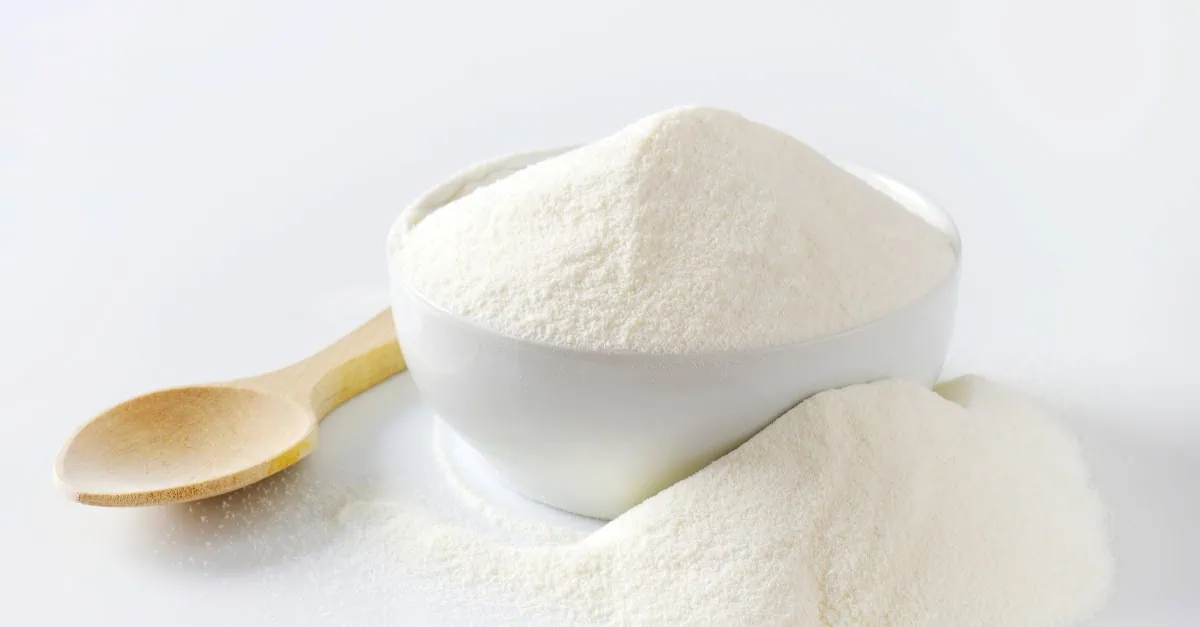July 11, 2025 – Market Analysis
US dairy markets experienced renewed stability this week following the extension of tariff negotiations, allowing trading activity to resume more normal patterns after weeks of uncertainty. The relief from immediate trade pressure coincided with seasonal factors including nationwide heat stress affecting production, creating a complex market environment where supply constraints offset demand concerns.
CME trading surges following tariff deadline extension
Chicago Mercantile Exchange dairy trading showed significant activity increases, particularly following confirmation that major dairy trading partners would not face immediate tariff implementation. Trading volumes spiked notably on Thursday, with participants clearly responding to the reduced uncertainty surrounding international trade relationships.
Despite the increased trading activity, price movements remained relatively contained across most dairy categories. Cheese markets maintained stability around current levels, reflecting the balance between continued high production and strong export performance that has characterized recent months.
The market’s measured response suggests that participants are focusing on underlying supply-demand fundamentals rather than reacting dramatically to trade policy developments. This disciplined approach indicates market maturity in dealing with ongoing trade policy uncertainty.
Heat wave impacts create supply-side pressures
A significant heat wave affecting three-quarters of the US population has created notable impacts on dairy production systems. The extreme temperatures, characterized by meteorologists as a “heat dome” effect, have generated stress on dairy cattle, leading to tighter supply conditions across multiple product categories.
The heat stress has particularly affected liquid dairy markets, with cream prices experiencing substantial increases over recent weeks. This seasonal tightening is creating upward pressure on related products and affecting processing economics across the industry.
Temperature-related supply constraints have provided support for nonfat dry milk and dry whey markets, complementing the benefits these categories have already received from favorable export conditions and currency relationships.
Butter markets reflect cream price dynamics
Butter markets are experiencing the direct impact of elevated cream costs, with fresh butter production economics requiring higher selling prices to maintain profitability. The relationship between cream and butter pricing has shifted significantly from typical seasonal patterns, indicating structural changes in supply availability.
Industry participants are closely monitoring the cream-to-butter price relationship, which serves as a key indicator of processing profitability. The current ratio suggests that butter churning operations are approaching optimal economic conditions, though elevated input costs are maintaining pressure on margins.
Market analysts note that butter availability remains adequate but not excessive, creating a balanced supply situation that supports current price levels while preventing significant upward pressure.
Export performance shows divergent product trends
US dairy export performance is revealing stark differences between product categories, reflecting the varying impacts of trade relationships and competitive positioning. While some categories are experiencing challenges related to market access, others are demonstrating remarkable growth in alternative markets.
Whey exports are showing the clearest impact from changed trade relationships, with traditional strong performance in early 2025 giving way to more challenging conditions. The industry has responded by aggressively pursuing alternative markets, achieving impressive growth rates in several regions, though the mathematical reality of replacing large-volume buyers remains challenging.
Cheese exports present a contrasting narrative, with record-breaking performance in key markets driven by competitive pricing advantages. The success in Asian markets demonstrates the potential for US dairy products when currency and cost advantages align favorably.
Regional market development accelerates
The shift in traditional trading patterns has accelerated market development efforts across multiple regions. Several countries have shown double and triple-digit growth rates in their imports of US dairy products, reflecting both aggressive market development and favorable competitive positioning.
However, market participants note that even substantial percentage increases in smaller markets cannot immediately compensate for lost volume in major trading relationships. The industry continues to balance aggressive market development with realistic assessments of total volume potential.
Mexico’s role as a major market shows mixed signals, with some categories maintaining strong performance while others show concerning declines. As the largest buyer for certain product categories, Mexico’s purchasing patterns carry significant weight for overall export performance.
Currency advantages support competitiveness
The strengthening of the euro against the dollar continues to provide competitive advantages for US dairy exports, particularly in markets where European products serve as primary competition. This currency relationship has been building for months and is providing more tangible benefits than trade policy speculation.
The persistent currency advantage is particularly notable in Asian markets, where US products are gaining market share through improved price competitiveness. This fundamental economic advantage is supporting export growth across multiple product categories.
Market participants note that currency movements often have more immediate impact on trade flows than policy changes, making exchange rate monitoring a critical component of export strategy.
Industry investment patterns reflect market confidence
Recent announcements of substantial processing facility investments indicate continued confidence in US dairy market fundamentals. Major projects including significant investments in high-value product manufacturing demonstrate industry commitment to expanding capacity and capabilities.
The scale and location of these investments suggest strategic positioning for both domestic and export market opportunities. The focus on high-value products like infant formula and specialized powders indicates industry evolution toward more profitable product segments.
Infrastructure advantages including rail access and power availability are factoring into investment decisions, highlighting the importance of logistical efficiency in competitive positioning.
Read the full Week 28 US Weekly on the Vesper platform here: https://app.vespertool.com/market-analysis/2090





